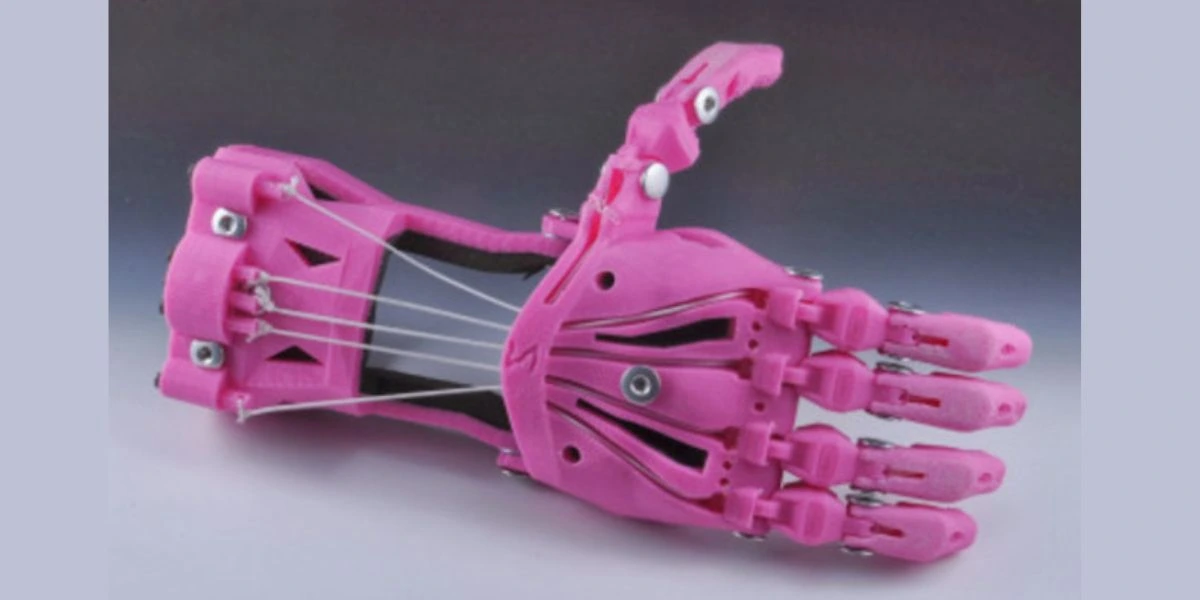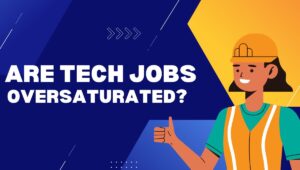Table of Contents
ToggleThe Disruptive Impact of 3D Printing Technology
3D printing, also known as additive manufacturing, is a rapidly evolving technology that is having a disruptive impact on many different industries. It will change the way we design, manufacture and use products.
How 3D printing works?
3D printing works by building up layers of materials such as plastic, metal or ceramic until the desired object is formed. This is in contrast to traditional manufacturing methods such as subtractive manufacturing (machining) or molding, which remove material to create a desired shape.
Advantages of 3D printing
3D printing offers many advantages over traditional manufacturing methods, including:
- Custom: 3D printers can be used to make custom products without expensive tooling or high production volumes. This can help reduce storage costs and improve supply chain efficiency.
- Design flexibility: 3D printers can create complex shapes and geometries that are difficult or impossible to produce with traditional manufacturing methods. This opens up new possibilities for product design and innovation.
- Less waste: 3D printing produces very little waste compared to traditional manufacturing methods. This can help reduce environmental impact and save money.
- Mass customization: 3D printing can be used to create customized products for individual customers. This is not possible with traditional production methods, which usually aim for mass production.
The Disruptive Impact of 3D Printing
3D printing has a disruptive impact in several areas, including:
- Manufacturing: 3D printing is used to produce an increasing range of products, from prototypes to finished products. 3D printing is used to make medical implants, auto parts and aerospace components, for example.
- Healthcare: 3D printing is used to create custom prosthetics, implants and surgical tools. For example, 3D printing has been used to create custom hearing aids, dental crowns and even skulls for patients with craniofacial deformities.
- Aerospace: 3D printing is used to produce lightweight, complex components for aircraft and spacecraft. 3D printing is used, for example, to make fuel nozzles for rocket engines and satellite carriers.
- Automotive industry: 3D printing is used to make prototypes and new car parts, as well as to create custom tools and fixtures. For example, 3D printing is used to prototype new car grilles and dashboards, and to create custom tools for assembly lines.
- Construction: 3D printing is used to build houses and other structures, and to create custom shapes and forms. For example, a 3D-printed house in China and a 3D-printed bridge in the Netherlands were built using 3D printing.
The Future of 3D printing
The future of 3D printing is bright. As the technology continues to advance and become more affordable, it is expected to have an even greater impact across many industries.
Here are some specific examples of how 3D printing is expected to disrupt industries in the future:
Industry expects that 3D printing will lead to a shift to more distributed manufacturing. Instead of large factories producing bulk products, 3D printers could be used to make products to order closer to the point of consumption.
This would reduce the need for transport and storage and facilitate the customization of products according to the individual needs of the customer.
In the healthcare industry, 3D printing is expected to change the way medical devices and implants are manufactured. 3D printing can be used to create custom devices and implants that perfectly fit the individual patient and needs.
This can lead to better outcomes and lower healthcare costs. In the aerospace industry, 3D printing is expected to lead to the development of new, lightweight and complex components for aircraft and spacecraft. This can help improve the fuel efficiency and performance of aerospace vehicles.
In the automotive industry, 3D printing is expected to be used to make custom parts for cars and trucks. This can help reduce production and maintenance costs as well as lead to more innovative and individual vehicle designs.
In the construction industry, 3D printing is expected to build houses and other structures faster and more efficiently than traditional methods. 3D printing can also create custom structures that are not possible with traditional methods.
Related Posts
Is Creality Better than Anycubic?
Creality vs Anycubic: Which 3D Printer Brand Is Better? ...
Read MoreShould 3D Printer be Turned on When Connected to Pronterface?
Yes, your 3D printer must be powered on when you...
Read More







Dear thesuperfox.com webmaster, Thanks for the informative and well-written post!